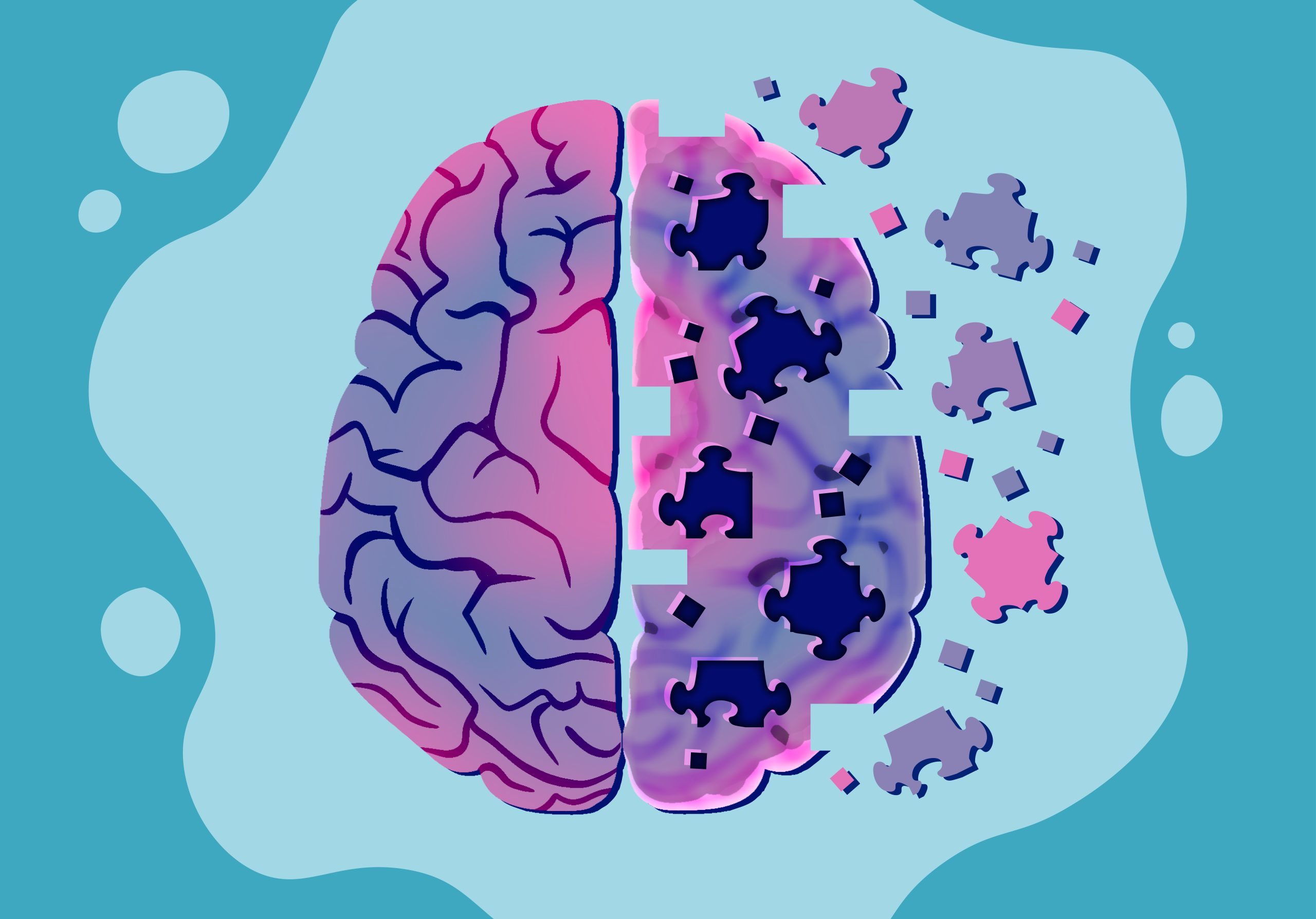With proper treatment, some people with insatiable urges to gamble might be able to lead a normal life in a matter of weeks, according to a University professor’s research.
University psychiatry professor Suck Won Kim is the first to link compulsive disorders such as gambling to the craving area of the brain.
His researchers also found that a drug used to decrease cravings has harmful side effects on the liver and is now working with a drug that does not have those side effects.
Kim has been researching obsessive compulsion for eight years. His studies focus on a line of drugs called opiate antagonists, which dampen human cravings. The patients he worked with do not include those who gamble to escape from loneliness, stress and depression, he said.
He said compulsive gamblers represent approximately 3 percent of the adult population. They have an uncontrollable craving to gamble, even when they have lost almost every possession valuable to them, he said.
Kim’s researchers looked at a side effect of Naltrexone, a drug often used to treat compulsive disorders.
They found that patients who took certain over-the-counter medications along with Naltrexone developed a harmful level of liver enzymes. When the patients did not take as much pain medication, the enzymes were no longer a problem, Kim said.
Over-the-counter medications included Advil, Tylenol, Motrin, Aleve, aspirin and ibuprofen.
Kim is currently working with a drug called Nalmefene, which he refers to as a “dream-come-true compound.”
Like Naltrexone, Nalmefene dampens cravings, but does not cause the liver to secrete an excess of liver enzymes that could harm patients, he said.
Nalmefene still needs approval to be used for lessening cravings in compulsive gamblers, he said.
Depending on the results of clinical trials, he said, it is unknown when the drug will be available to the public.
The discovery began when Kim and his researchers wrote an anatomy paper on the orbital frontal cortex, which is a part of the brain that recognizes incentive-driven objects, such as money, Kim said.
Jon Grant, a professor of psychiatry at Brown University, has worked with Kim on the research for four years.
“This is the first clear medication option for compulsive gamblers,” Grant said.
Grant said it offers patients an effective treatment by preventing relapse and helps patients maintain their lives.
The University of Minnesota Hospital provides a program for compulsive gamblers.
The center provides different types of therapies, such as cognitive behavioral therapy, gestalt therapy, rational emotive therapy, reality therapy and basic behavioral therapy.
The first phase of the program runs through a six-week period. After the first phase, some patients start to feel more hope in their lives and realize gambling is not everything, while others might have a relapse, said David Koeplin, program manager and counselor.
When patients have completed the 10-week period of phase two, they tend to feel much healthier compared with when they first come in, Koeplin said. Before treatment, they sometimes suffer from depression and hopelessness and sometimes have suicidal moments.
Koeplin said most patients who come in have previously tried Naltrexone and came in for a different type of treatment because they were unhappy with the drug’s results.
Freelance editor Anna Weggel welcomes feedback at [email protected].










